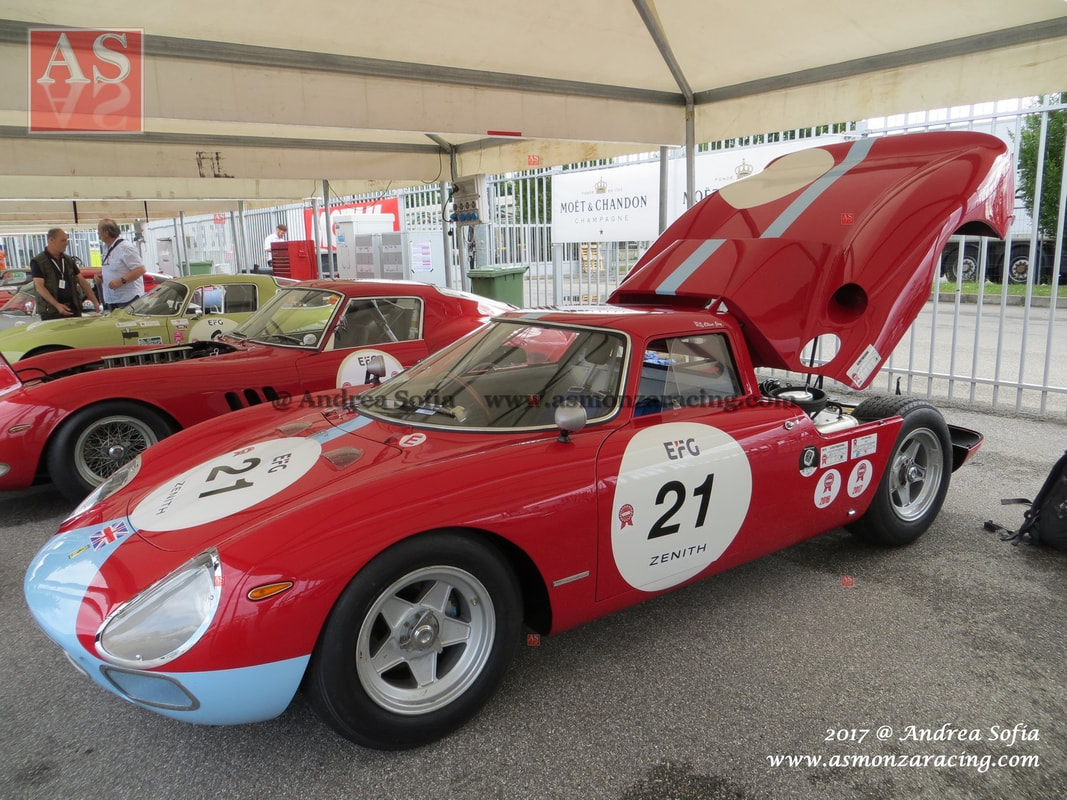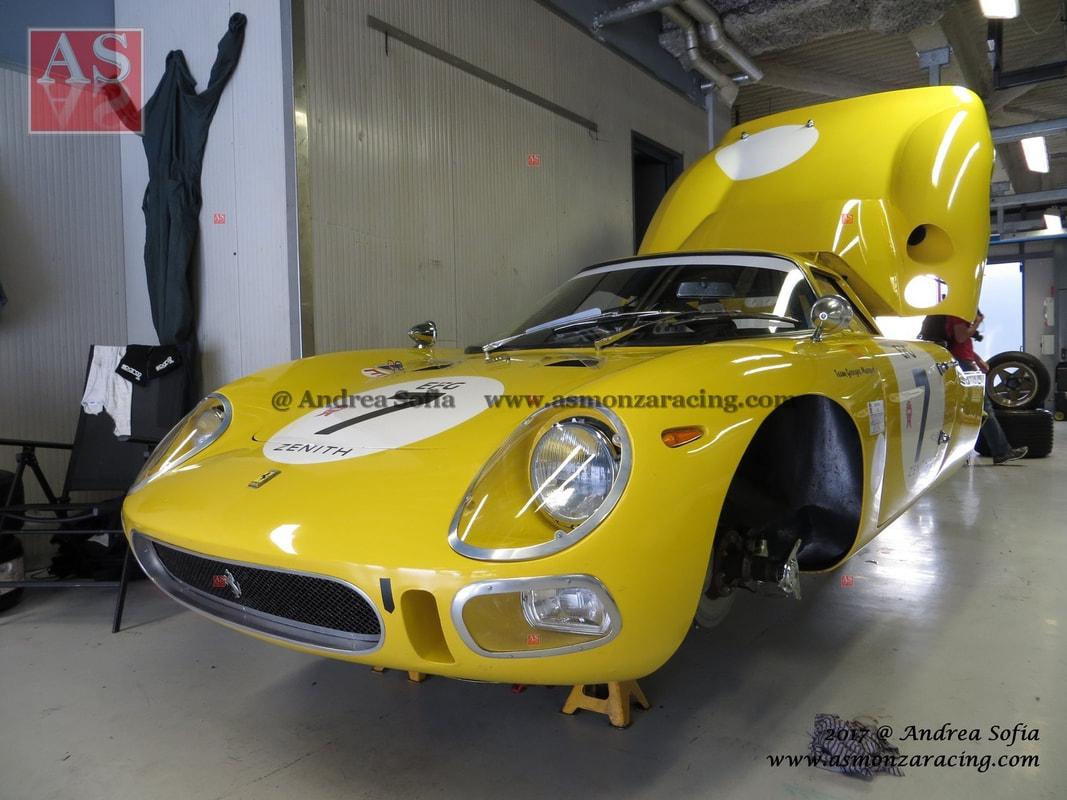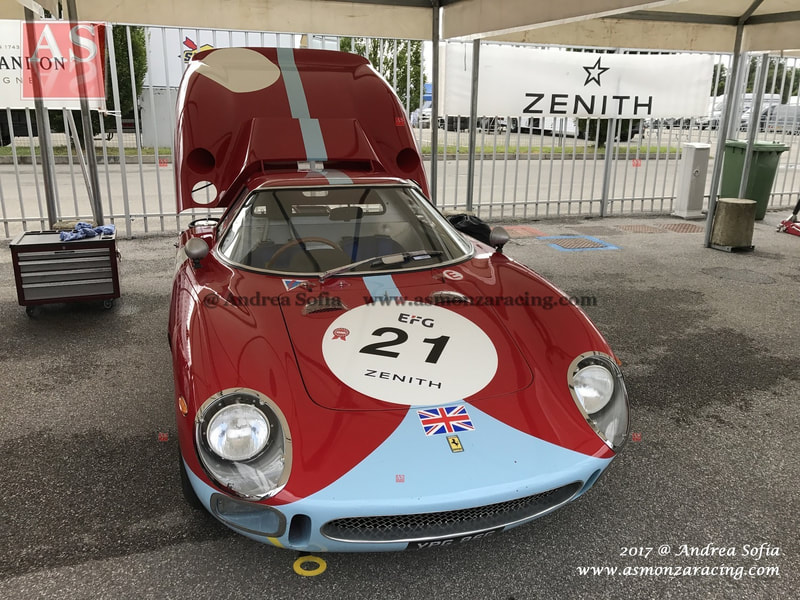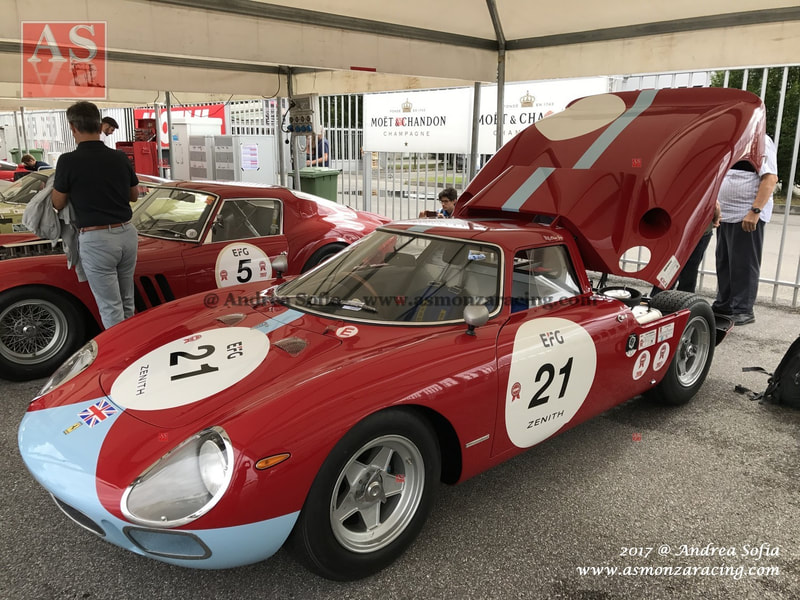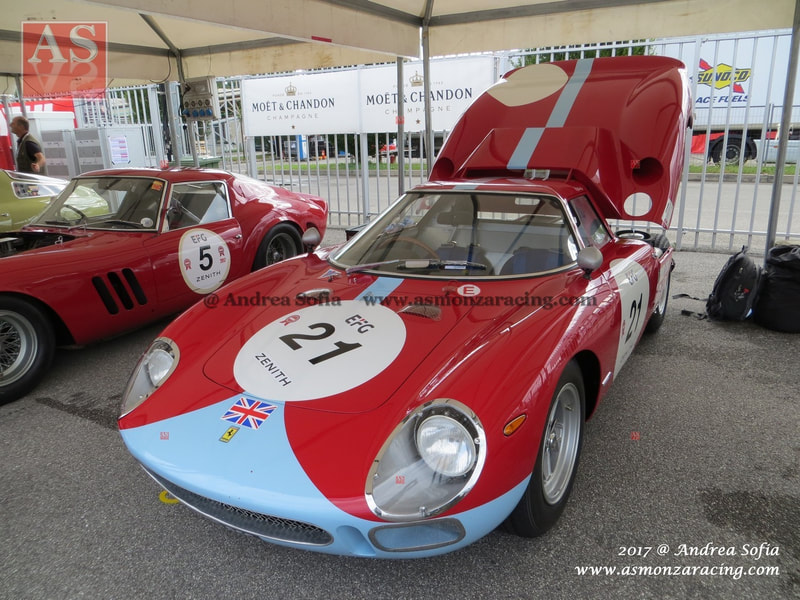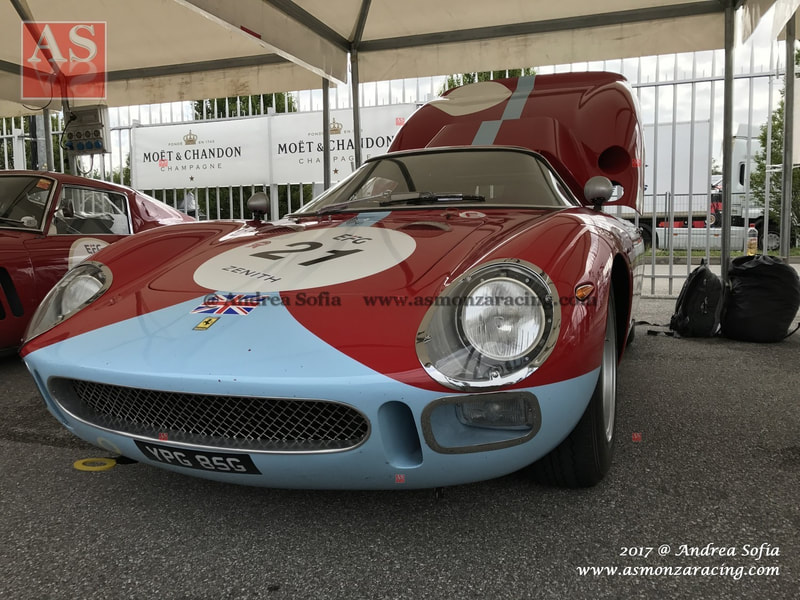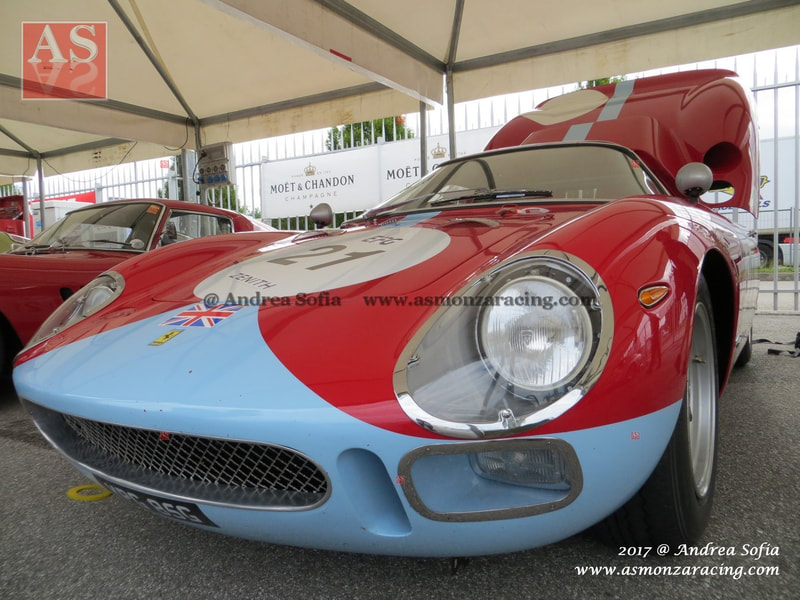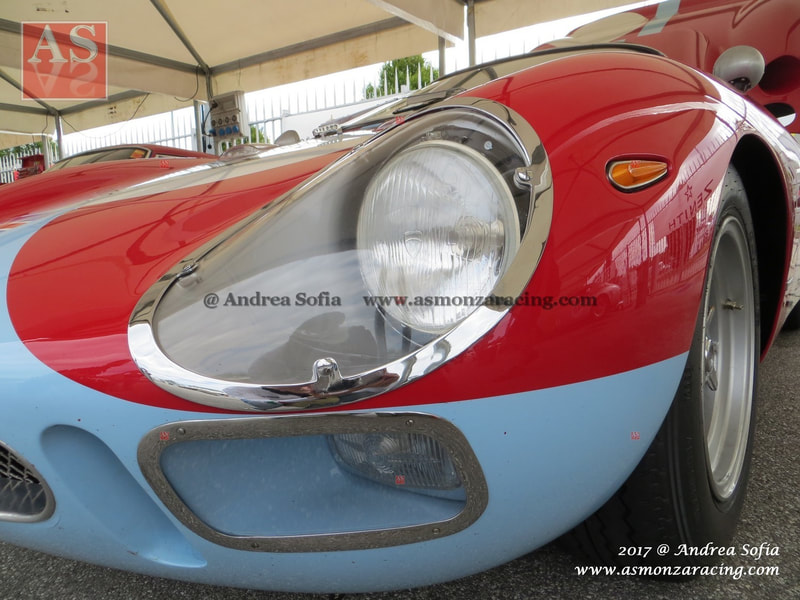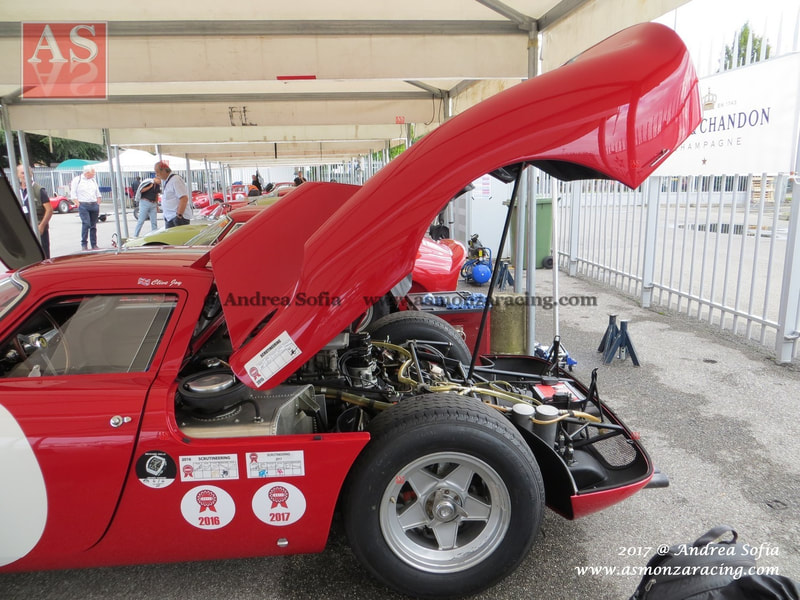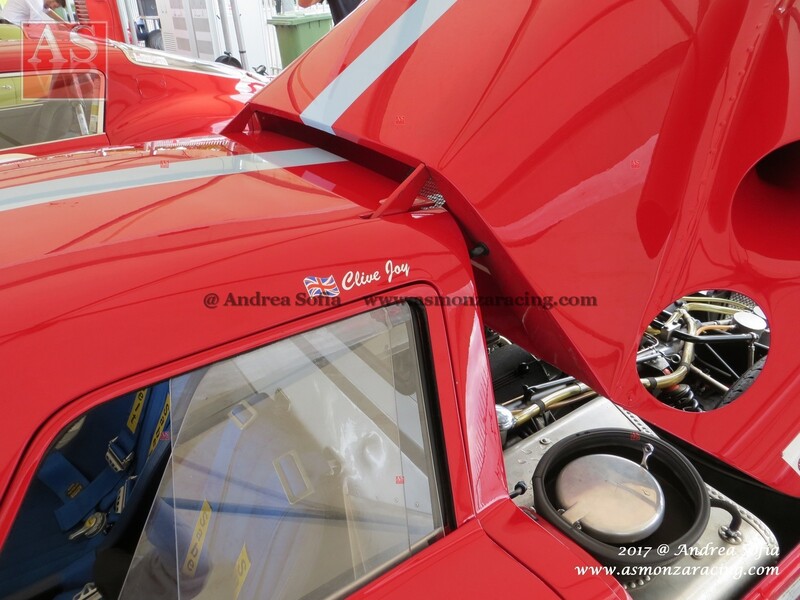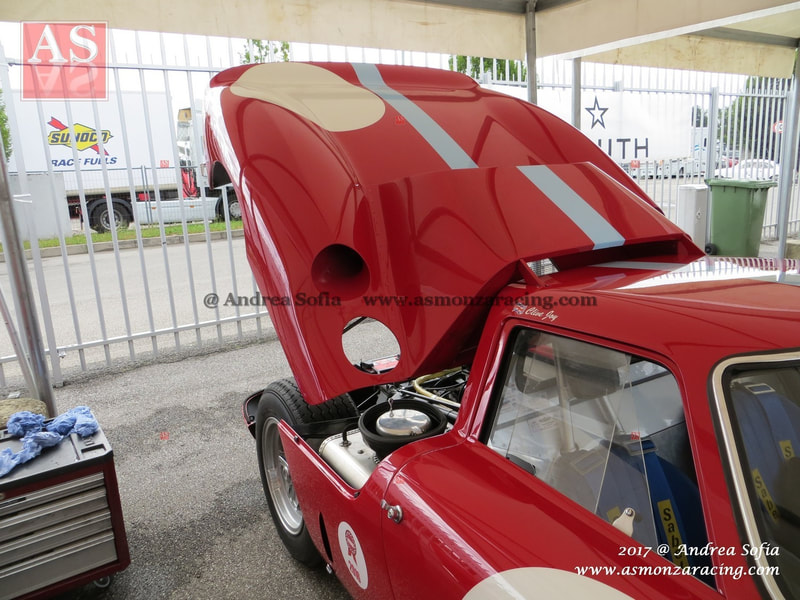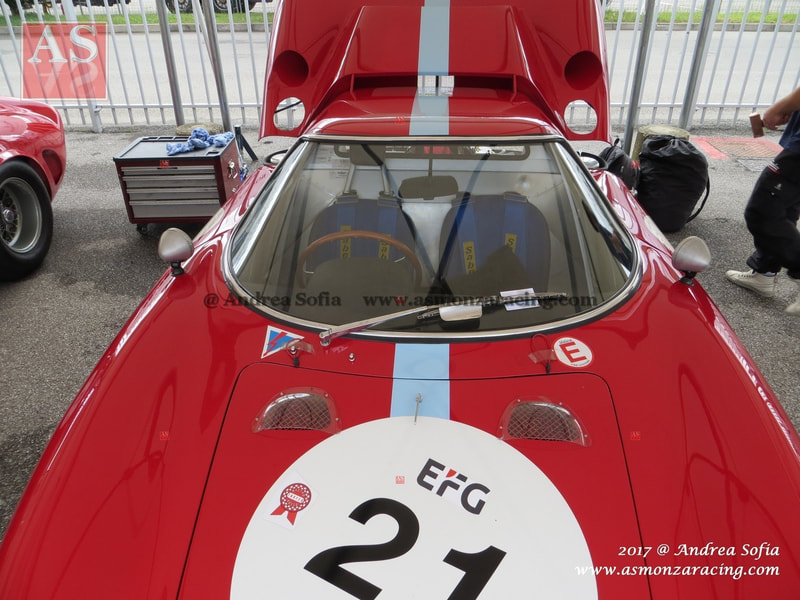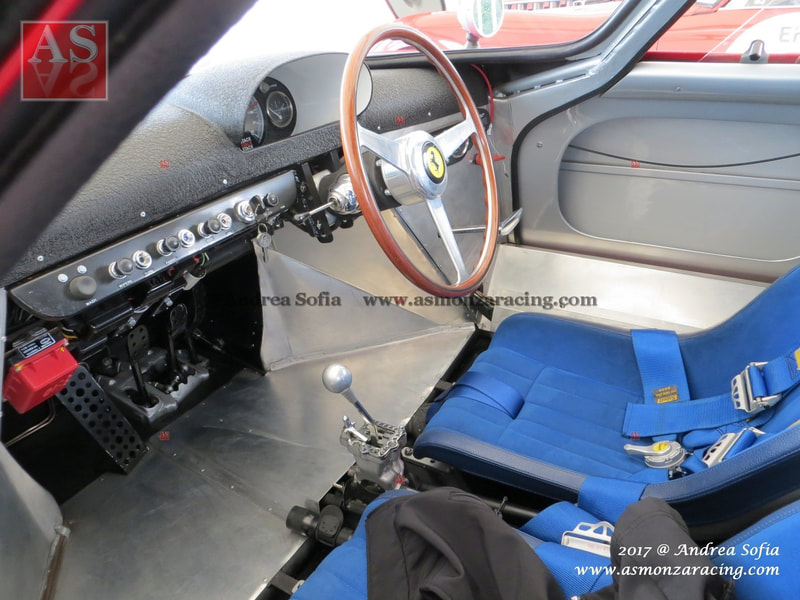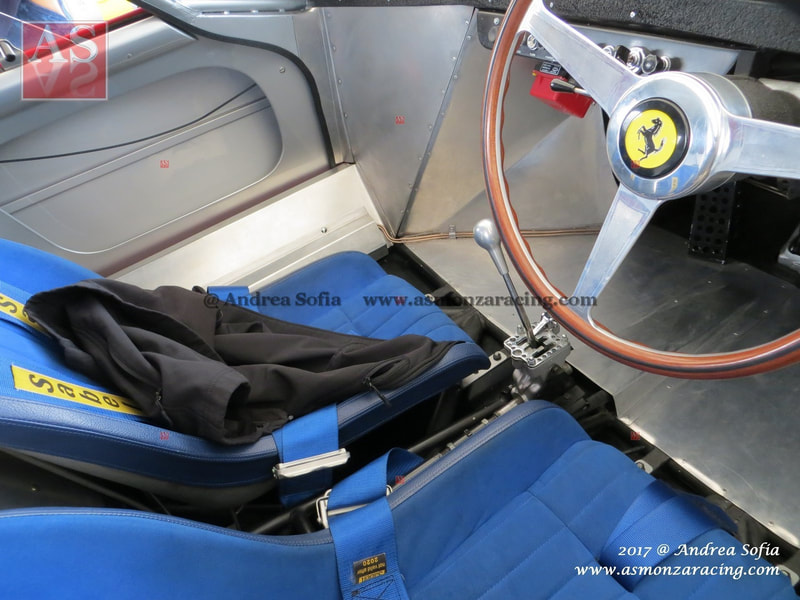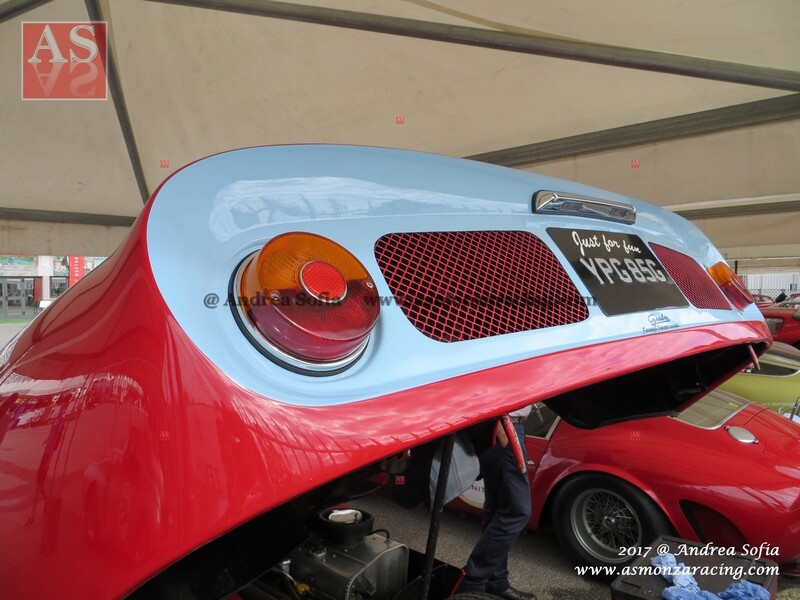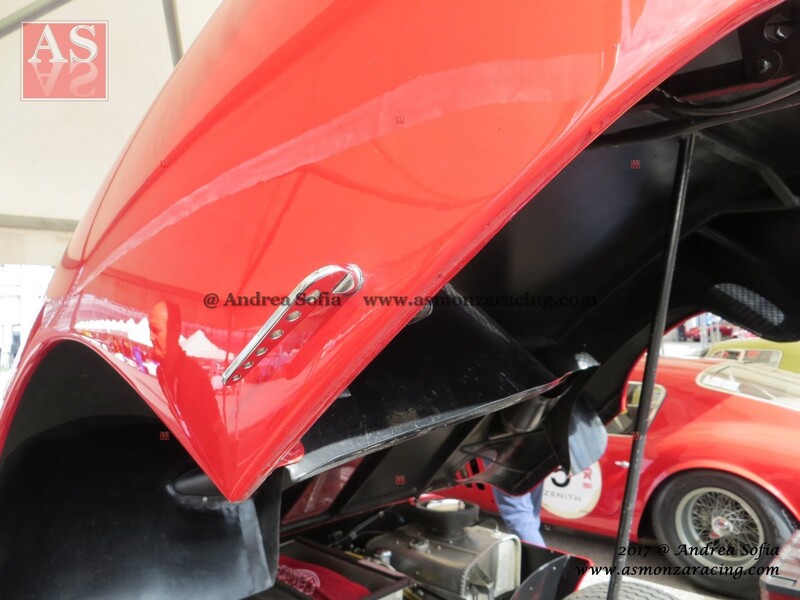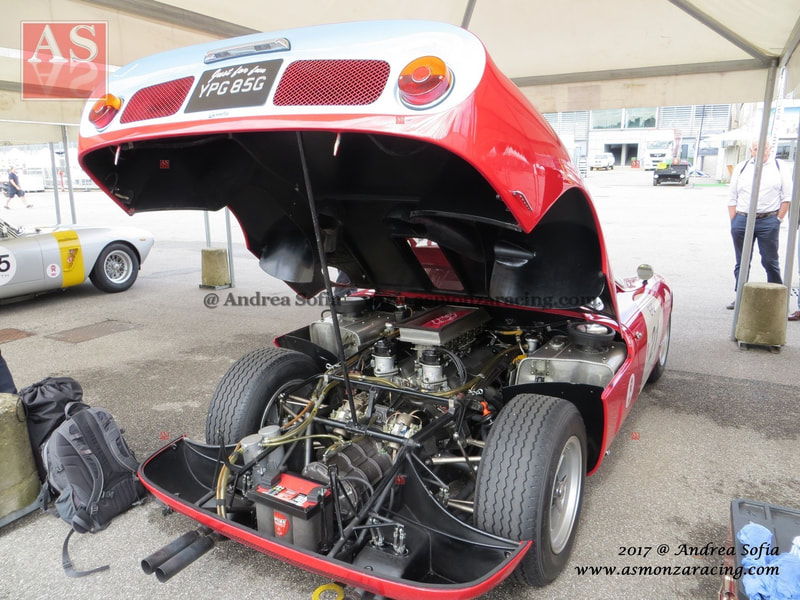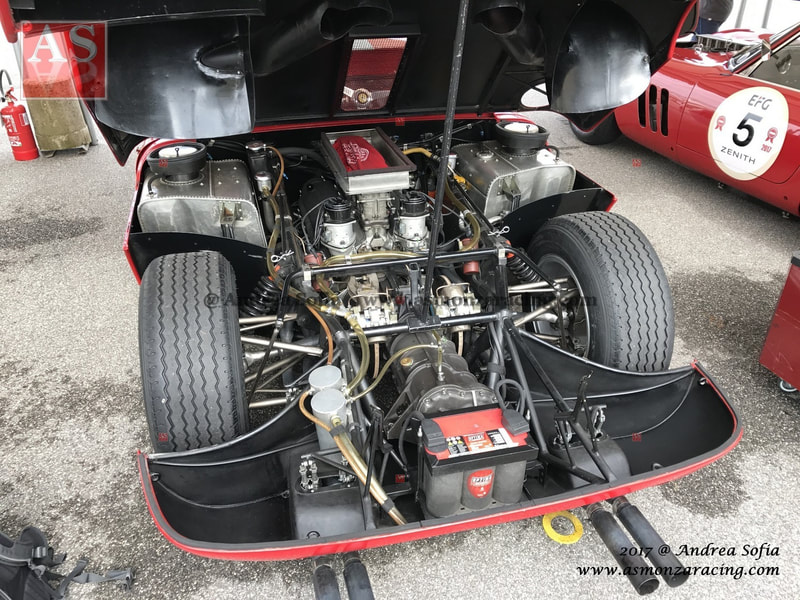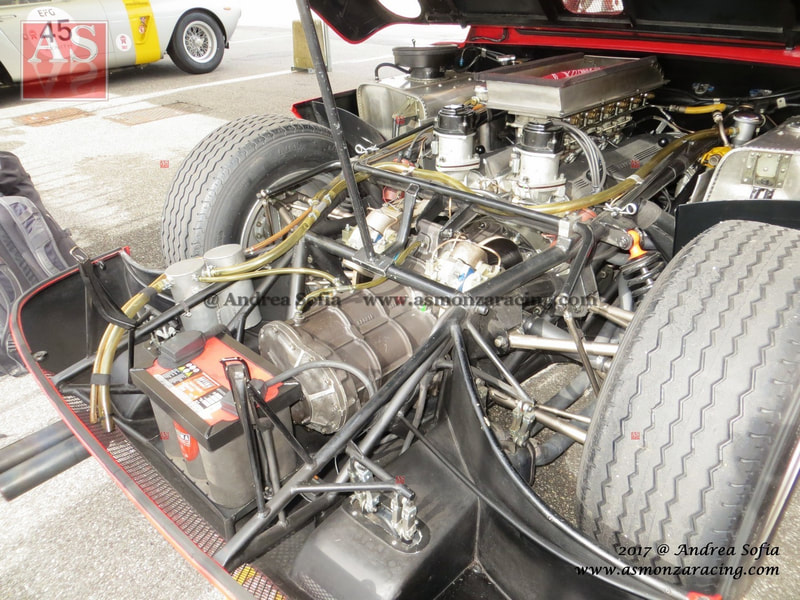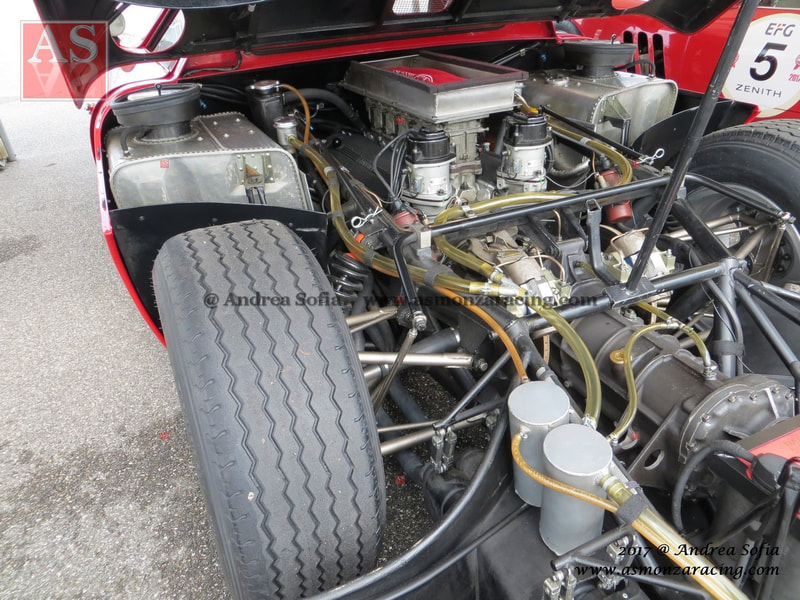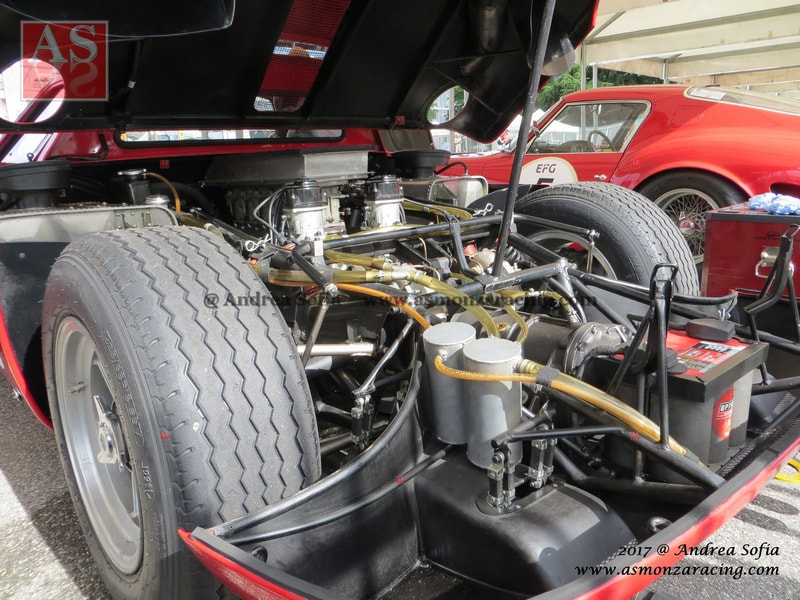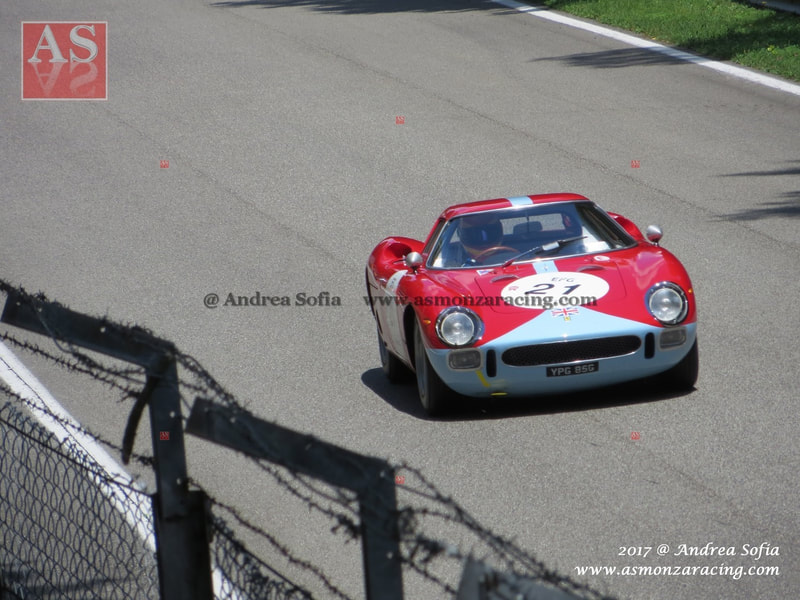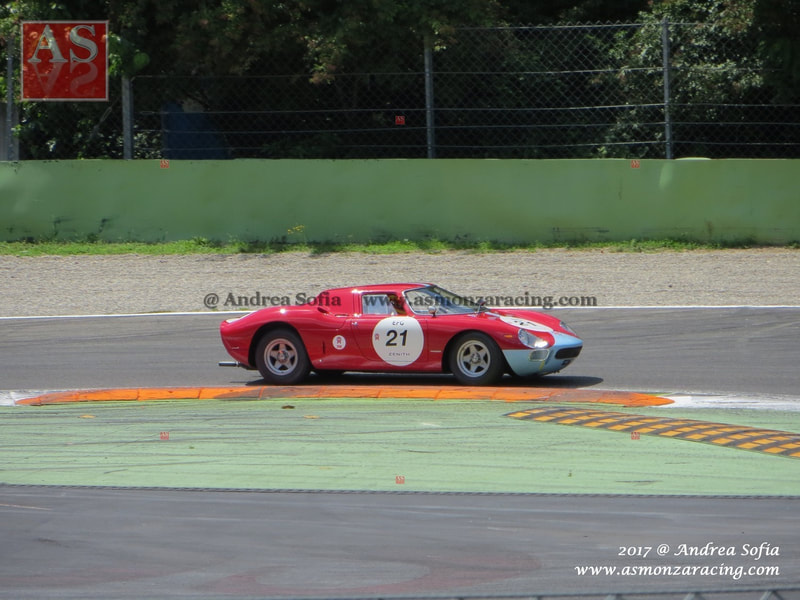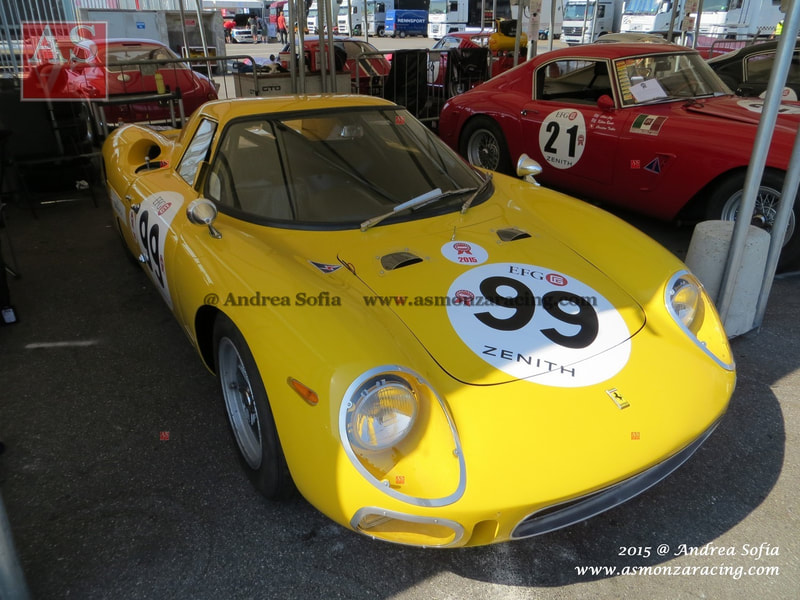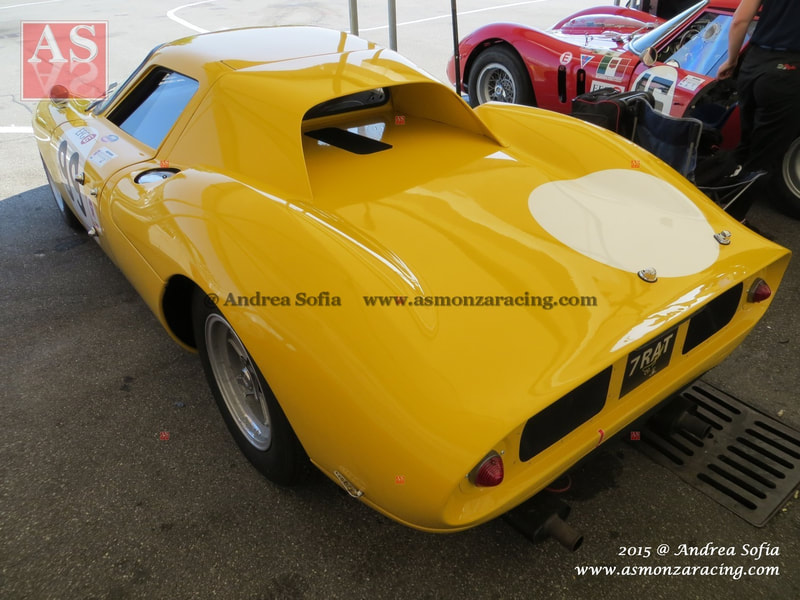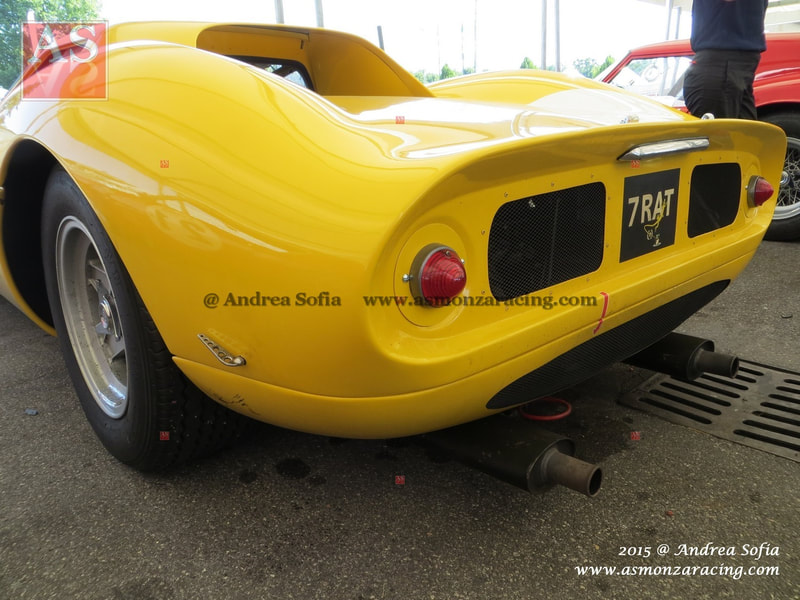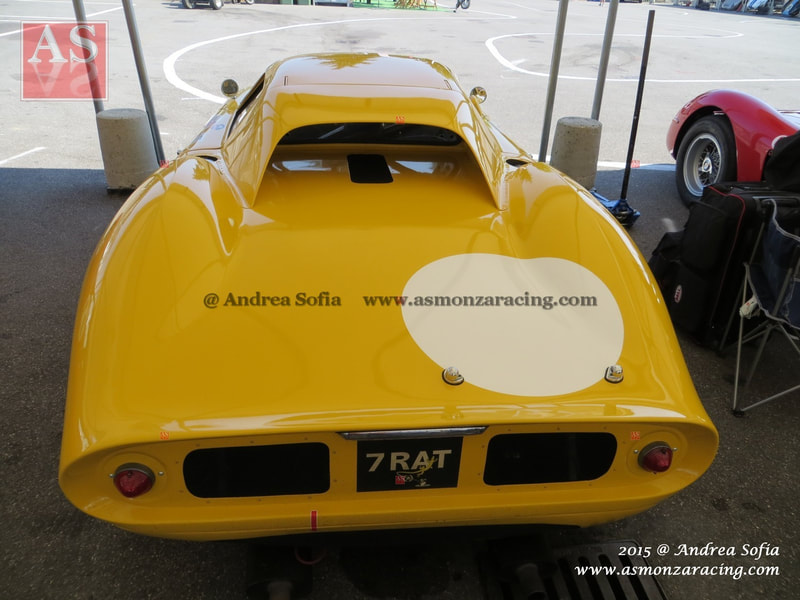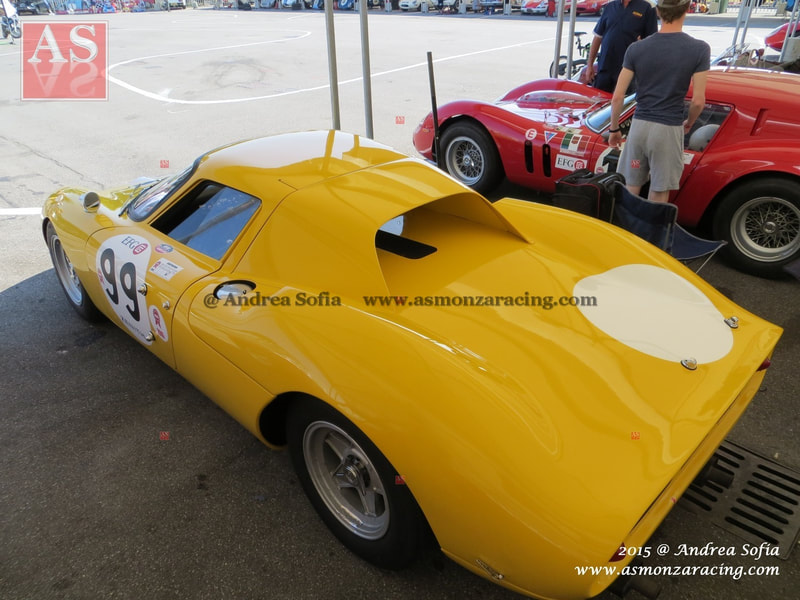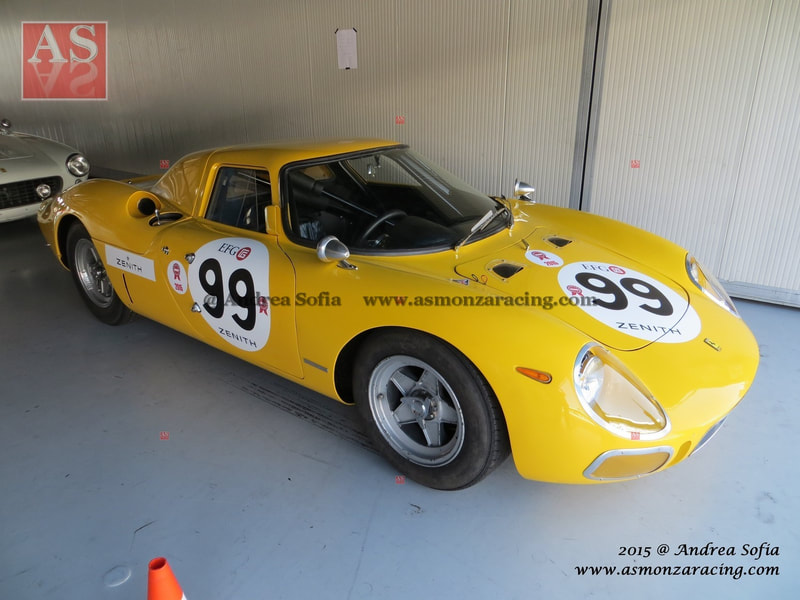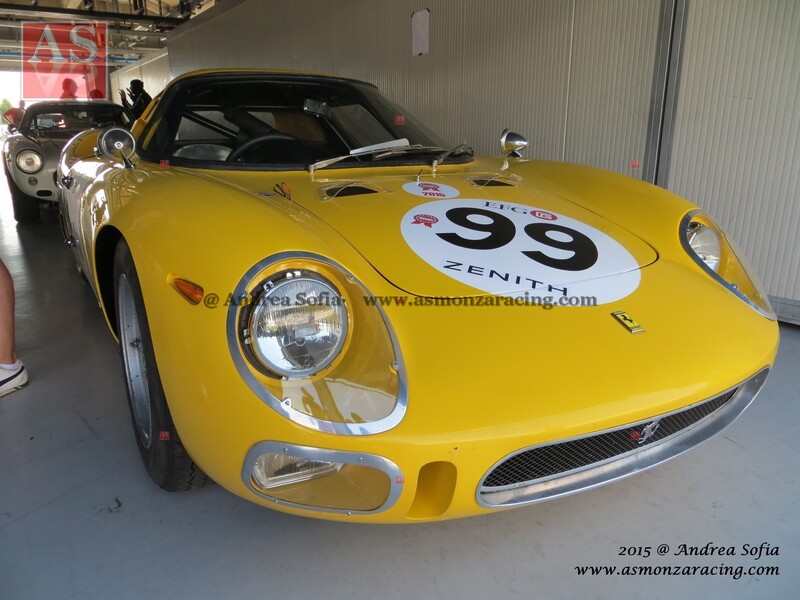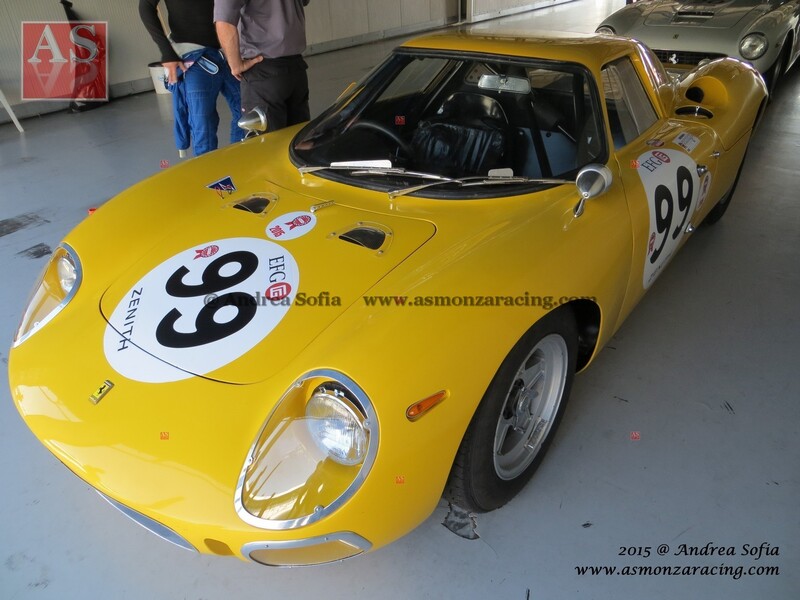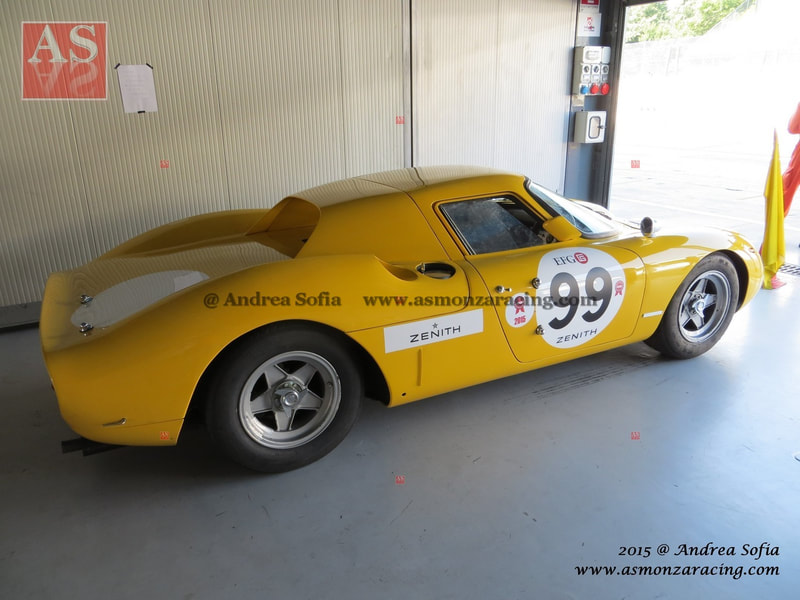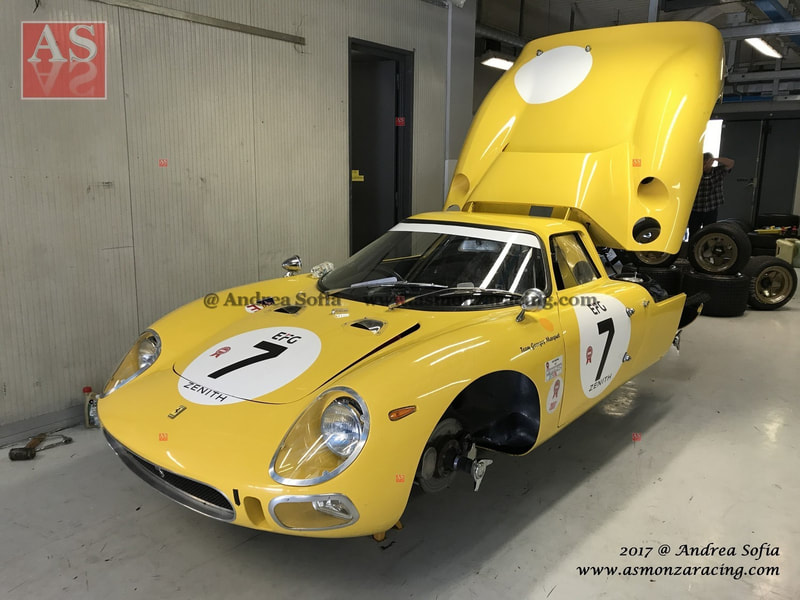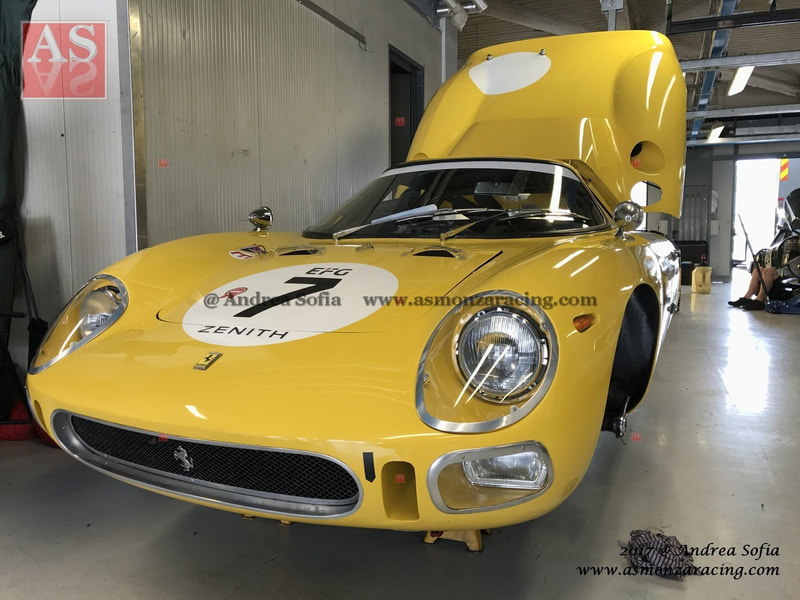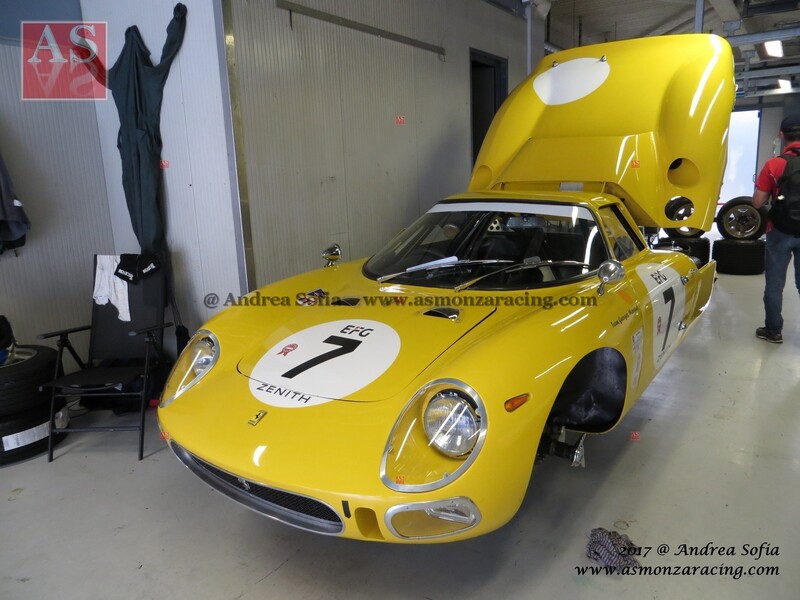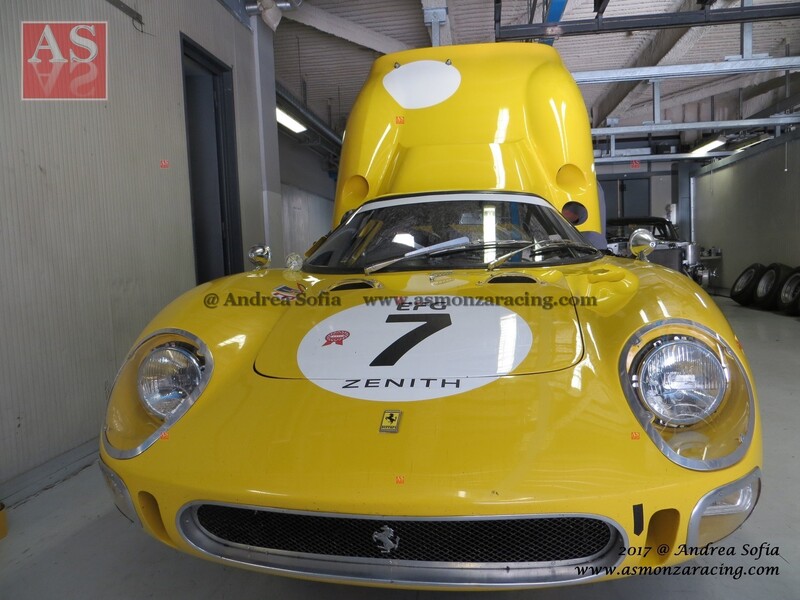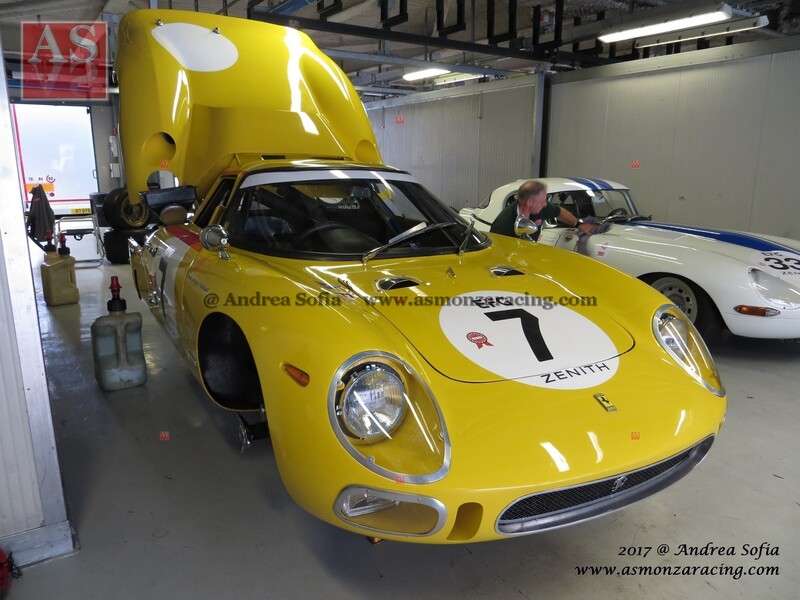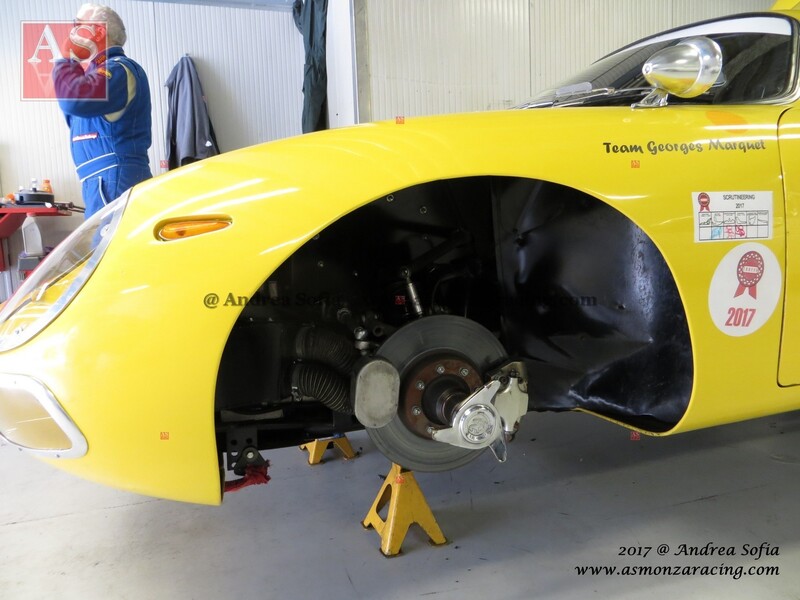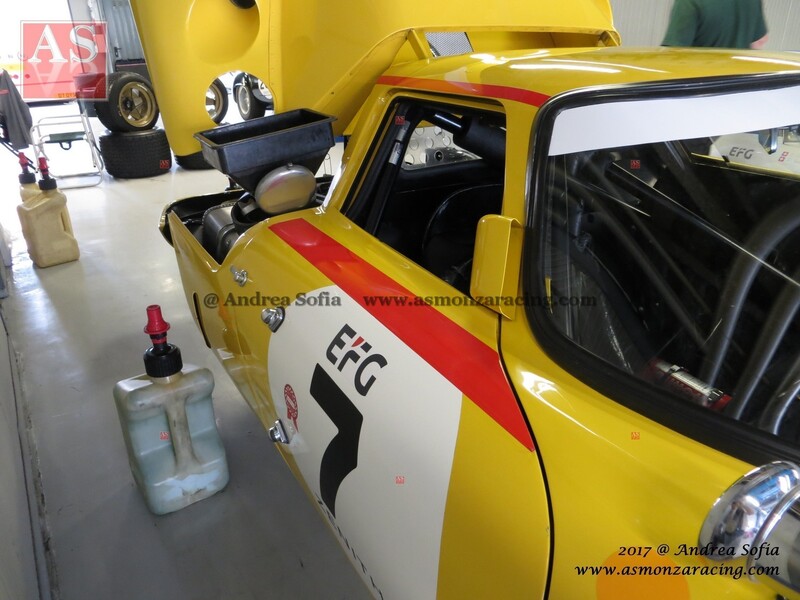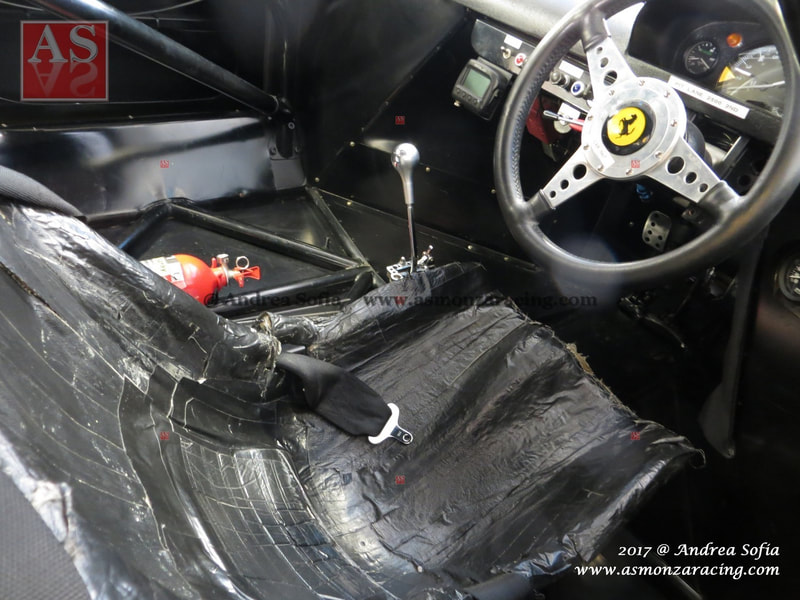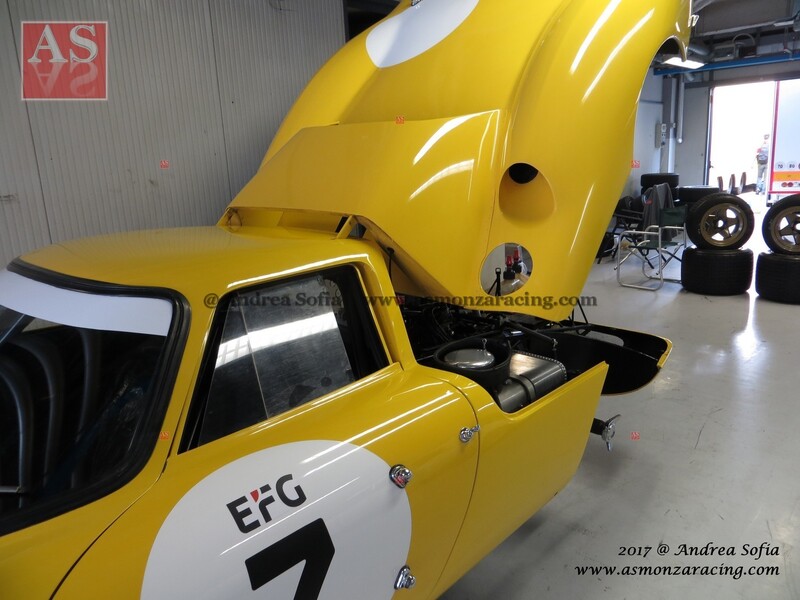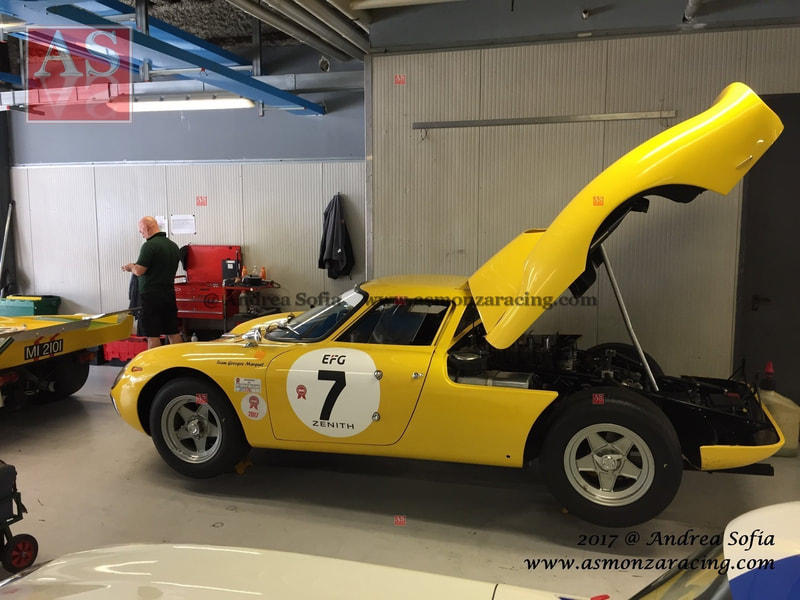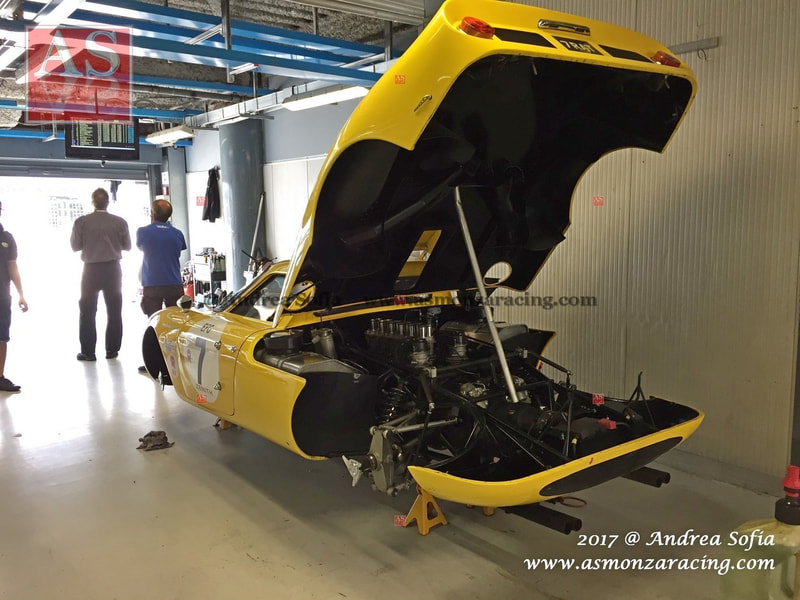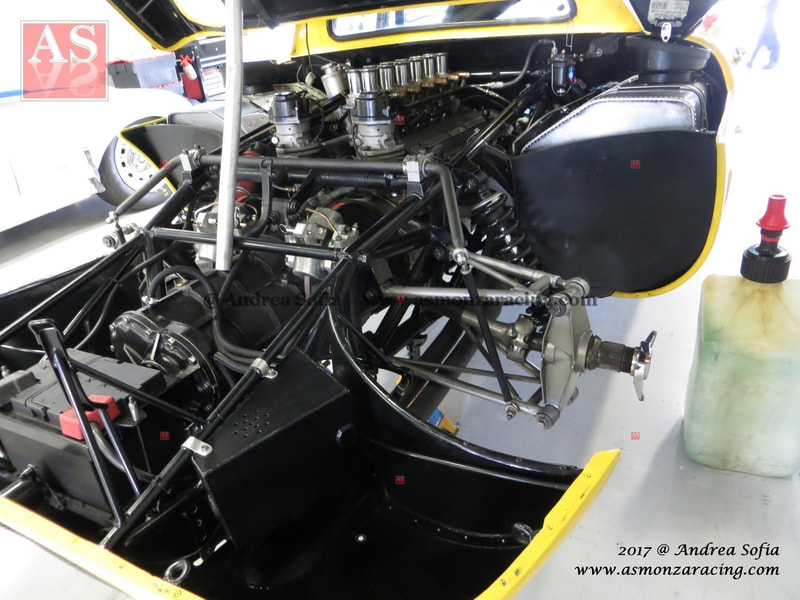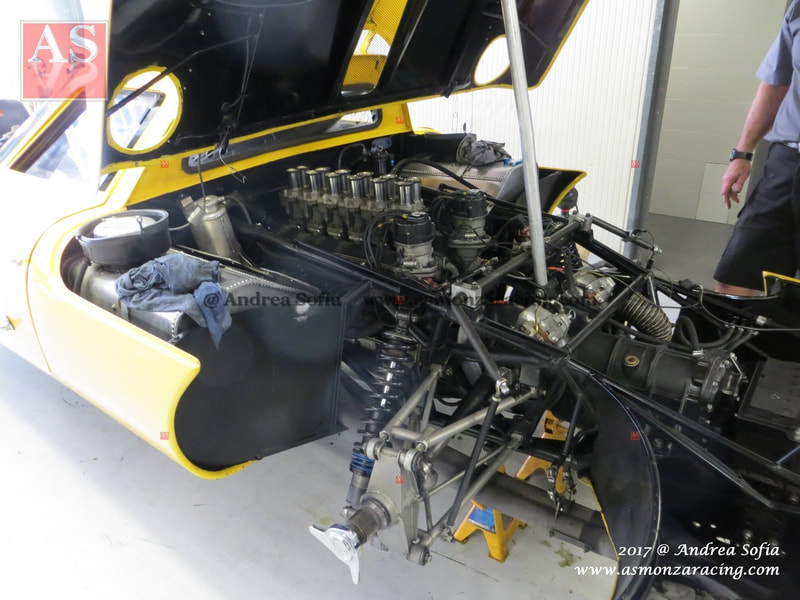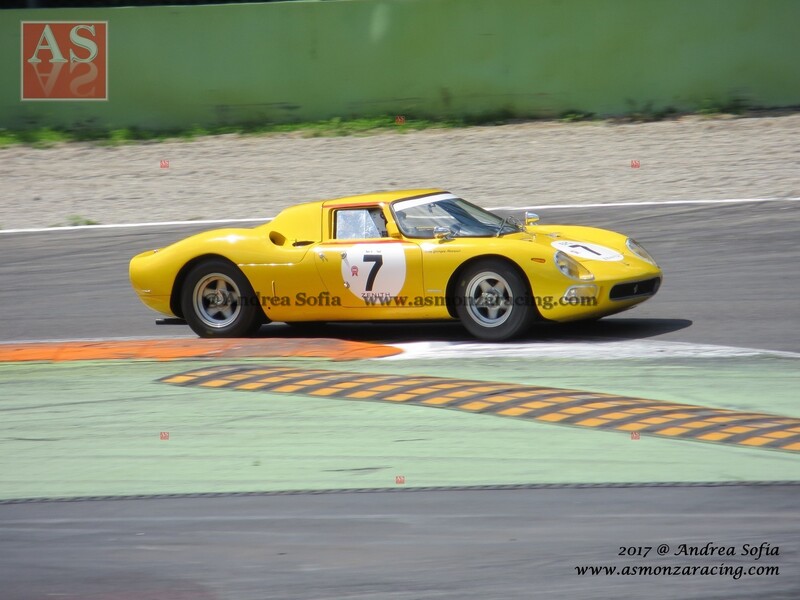Ferrari 250 Le Mans Berlinetta - 1964

The Ferrari 250 Le Mans Berlinetta, presented in October 1963 at the Paris Motor Show, was designed in anticipation for replace the 250 GTO, in the Gran Turismo cars panorama, dedicated to sports customers. The name, "Le Mans" was chosen to commemorate the victory at the famous 24 hours, obtained by Lorenzo Bandini and Lodovico Scarfiotti behind the wheel of the 250P prototype, in June of the same year. In fact, the new 250LM was derived directly from the 250P and was the first GT car dedicated to customers to have the engine in the central-rear position. The FIA did not grant homologation of the 250LM in the Gran Turismo category, because at the time of the commissioners inspections in Maranello, the 100 specimens had not been produced and did not want to consider the homologation "on trust", based on the real possibility that Ferrari had to produce the required number of specimens. This attitude enraged Enzo Ferrari to such an extent that he returned the competitor's license issued by CSAI, and made his cars race in the last two Grand Prix of the Formula 1 season, in the colours of Luigi Chinetti's North American Racing Team (N.A.R.T.). The 250 LM was equipped with a 3286 cm³ V12 engine, except for the first car which had a 3000 cm³ engine and only 32 cars were built. The Ferrari 250LM, with the three-litre engine, entered by the N.A.R.T. in the prototype category, made its debut in the World Sportscar Championship, at the Sebring 12 hours, in 1964, where the car was forced to retire due to a fire. The first important result was at the Reims 12 hours, on 5 July 1964, where Graham Hill teamed with Jo Bonnier won, on the car (chassis # 5895) entered by the English team Maranello Concessionaires Ltd., followed in second place, by John Surtees and Lorenzo Bandini on a sister car registered by the N.A.R.T. team. In 1965, the 250 LM finished first and second at the Spa-Francorchamps 500 Km, with Willy Mairesse first, aboard the yellow car of the Ecurie Francorchamps and David Piper second, with the car of his own David Piper Racing team. At the Mugello 500 km, on the gruelling road circuit, the 250 LM conquered the first three places, then came the first and second place at the Le Mans 24 hours, with Jochen Rindt and Masten Gregory first and Pierre Dumay and Gustave Gosselin second (chassis #6313). The 250 LM Berlinetta continued to participate in World Championship races and national races until the early 1970s.
|

La Ferrari 250 Le Mans Berlinetta, presentata al salone di Parigi nell’ottobre del 1963, fu progettata in previsione di sostituire la 250 GTO, nel panorama delle vetture Gran Turismo dedicate alla clientela sportiva. Il nome, “Le Mans” fu scelto per commemorare la vittoria alla celebre 24 ore, ottenuta da Lorenzo Bandini e Lodovico Scarfiotti al volante del prototipo 250P, nel giugno dello stesso anno. Di fatto la nuova 250LM, derivava direttamente dalla 250P e fu la prima vettura GT dedicata ai clienti ad avere il motore in posizione posteriore centrale. La FIA, non concesse l’omologazione della 250LM nella categoria Gran Turismo, perché al momento delle verifiche dei commissari a Maranello, non erano stati prodotti i 100 esemplari previsti e non volle considerare l’omologazione “sulla fiducia”, in base cioè alla reale possibilità che Ferrari aveva di produrre il numero di esemplari richiesti. Questo atteggiamento fece infuriare Enzo Ferrari a tal punto che restituì la licenza di concorrente rilasciata dalla CSAI, e fece correre le sue vetture negli ultimi due Gran Premi della stagione di Formula 1, con i colori della North American Racing Team (N.A.R.T.) di Luigi Chinetti. La 250 LM, era equipaggiata con un motore V12 da 3286 cm³, tranne il primo esemplare che aveva un motore di 3000 cm³ e in tutto furono costruite solo 32 vetture. La Ferrari 250LM con il motore da tre litri, iscritta dalla N.A.R.T. nella categoria prototipi, debuttò nel campionato mondiale sport, alla 12 ore di Sebring del 1964, dove fu costretta al ritiro per un principio d’incendio. Il primo risultato importante fu alla 12 ore di Reims del 5 luglio 1964, dove Graham Hill in coppia con Jo Bonnier vinsero sulla vettura (chassis #5895) iscritta dalla scuderia inglese Maranello Concessionaires Ltd., seguiti al secondo posto da John Surtees e Lorenzo Bandini su una vettura gemella iscritta dalla scuderia N.A.R.T. Nel 1965, la 250 LM finì prima e seconda alla 500 Km di Spa-Francorchamps, con Willy Mairesse primo, a bordo della gialla vettura della Ecurie Francorchamps e David Piper secondo, con la vettura della sua scuderia David Piper Racing. Alla 500 Km del Mugello, sul massacrante circuito stradale, la 250 LM conquistò i primi tre posti, poi arrivò il primo e secondo posto alla 24 ore di Le Mans, con Jochen Rindt e Masten Gregory primi e Pierre Dumay e Gustave Gosselin secondi (chassis #6313). La 250 LM Berlinetta, continuò a partecipare alle gare del campionato mondiale e a gare nazionali fino agli inizi degli anni ’70.
|
Ferrari 250 LM Chassis #5907 Maranello Concessionaires Ltd. - 1964
Photo gallery: Monza Historic, 2017
Ferrari 250 LM Chassis #6313 Ecurie Francorchamps - 1965
Photo gallery: Monza Historic, 2015
Photo gallery: Monza Historic, 2017
